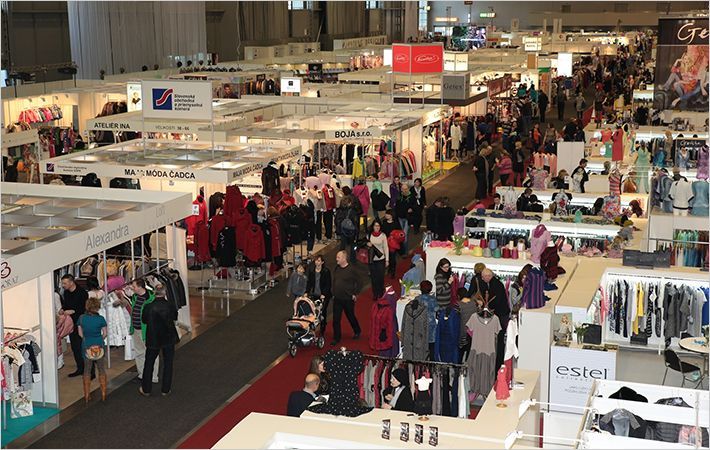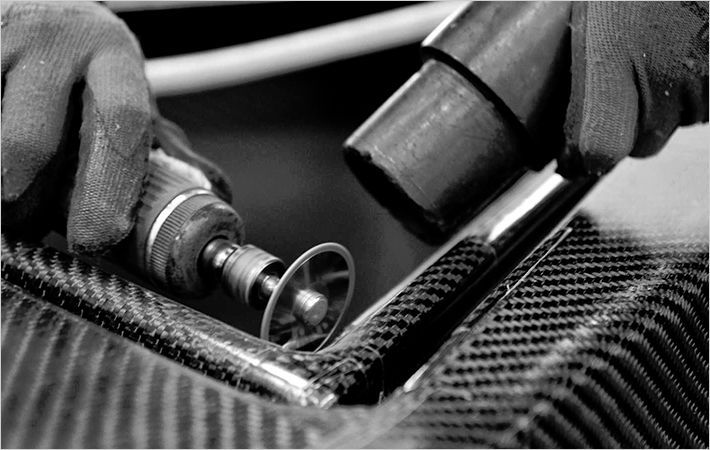Researchers seek to combine Finnish design competence with cutting-edge technological developments to utilise the special characteristics of cellulose to create products that feature the best qualities of materials such as cotton and polyester. Product characteristics achieved by using new manufacturing technologies and nanocellulose as a structural fibre element include recyclability and individual production.
The first tests performed by professor Olli Ilkkala's team at the Aalto University showed that the self-assembly of cellulose fibrils in wood permits the fibrils to be spun into strong yarn.
VTT has developed an industrial process that produces yarn from cellulose fibres without the spinning process. VTT has also developed efficient applications of the foam forming method for manufacturing materials that resemble fabric.
"In the future, combining different methods will enable production of individual fibre structures and textile products, even by using 3D printing technology," says Professor Ali Harlin from VTT.
Usually the price of a textile product is the key criterion even though produced sustainably. New methods help significantly to shorten the manufacturing chain of existing textile products and bring it closer to consumers to respond to their rapidly changing needs. Projects are currently under way where the objective is to replace wet spinning with extrusion technology. The purpose is to develop fabric manufacturing methods where several stages of weaving and knitting are replaced without losing the key characteristics of the textile, such as the way it hangs.
Finland's logging residue to replace environmentally detrimental cotton
Cotton textiles account for about 40% of the world's textile markets, and oil-based polyester for practically the remainder. Cellulose-based fibres make up 6% of the market. Although cotton is durable and comfortable to wear, cotton production is highly water-intensive, and artificial fertilisers and chemical pesticides are often needed to ensure a good crop. The surface area of cotton-growing regions globally equates to the size of Finland.
Approximately 5–6 million tons of fibre could be manufactured from Finland's current logging residue (25–30 million cubic metres/year). This could replace more than 20% of globally produced cotton, at the same time reducing carbon dioxide emissions by 120–150 million tons, and releasing enough farming land to grow food for 18–25 million people. Desertification would also decrease by approximately 10 per cent.
VTT

